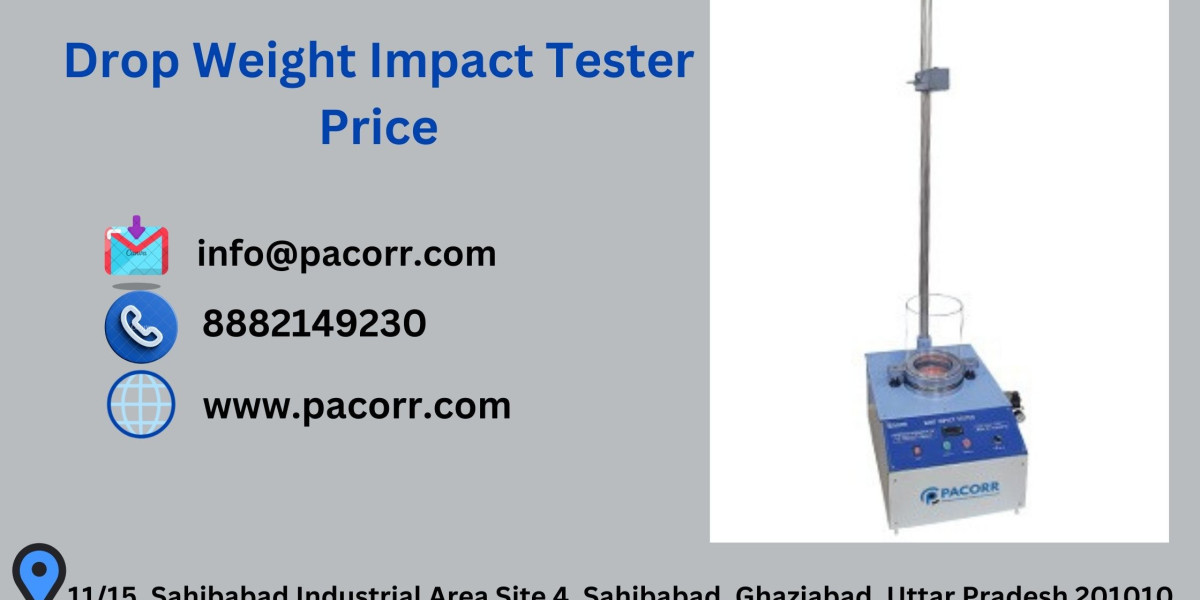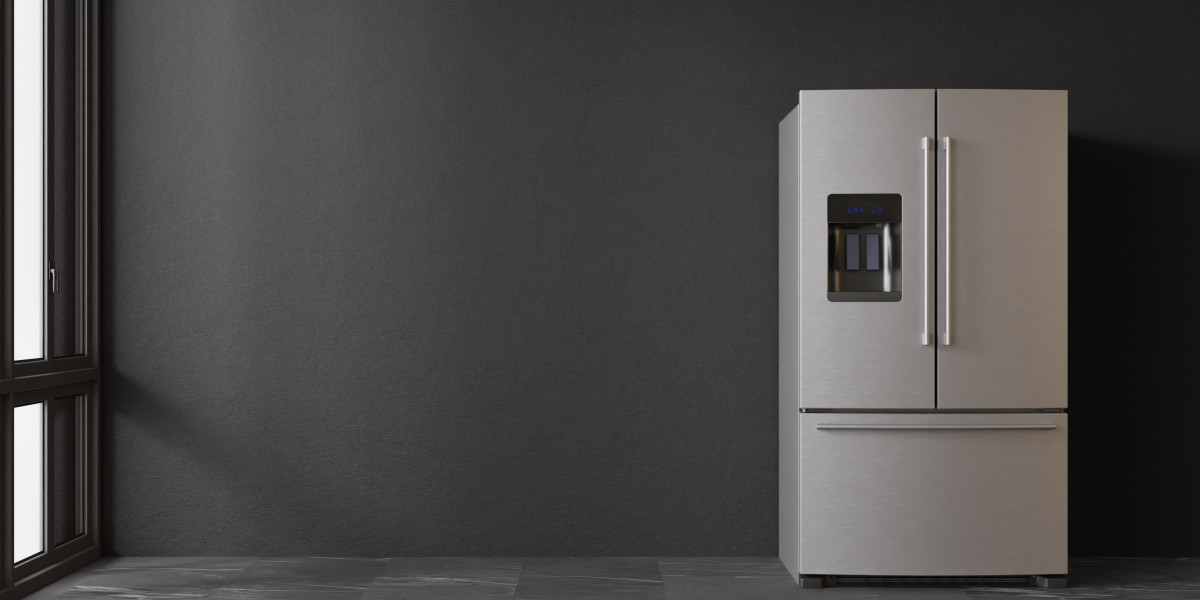Introduction
In today's competitive market, product quality and durability are paramount. Manufacturers across various industries continuously seek ways to enhance the resilience of their materials to ensure their products can withstand real-world conditions. One crucial tool that aids in achieving this goal is the Drop Weight Impact Tester. This article delves into the significance, functionality, and benefits of the Drop Weight Impact Tester, shedding light on why it's an indispensable asset for quality assurance.
Understanding Drop Weight Impact Testing
Drop Weight Impact Testing is a method used to evaluate the impact resistance of materials. It simulates the conditions a material might face during transportation, handling, or accidental impacts. This testing is vital for industries such as packaging, automotive, aerospace, and construction, where materials are frequently subjected to sudden forces.
How Does It Work?
The Drop Weight Impact Tester operates on a simple yet effective principle. A weight of known mass is dropped from a predetermined height onto a specimen. The impact energy is calculated based on the mass and the height of the drop. The material's response to this impact—whether it fractures, deforms, or withstands the force—provides critical insights into its impact resistance.
Key Features of the Drop Weight Impact Tester
Precision and Accuracy
Modern Drop Weight Impact Testers Price are equipped with advanced sensors and data acquisition systems that ensure precise measurement of impact force, energy, and deformation. This accuracy is crucial for consistent and reliable results, allowing manufacturers to make informed decisions about material selection and product design.
Versatility
These testers are designed to accommodate a wide range of materials, including plastics, metals, composites, and more. Adjustable parameters such as drop height, weight, and impactor shape enable customization of tests to meet specific industry requirements.
User-Friendly Interface
Contemporary models feature intuitive interfaces with user-friendly software. This ease of use ensures that operators can quickly set up and conduct tests, reducing downtime and increasing productivity.
Safety Features
Safety is a top priority in any testing environment. Drop Weight Impact Testers are equipped with safety enclosures, emergency stop buttons, and automated weight handling systems to protect operators from potential hazards.
Benefits of Using Drop Weight Impact Tester
Enhanced Product Quality
By identifying materials with superior impact resistance, manufacturers can enhance the overall quality of their products. This not only reduces the risk of product failure but also boosts customer satisfaction and brand reputation.
Cost Savings
Early detection of material weaknesses through impact testing helps prevent costly recalls and repairs. It also minimizes material wastage by ensuring that only the most suitable materials are used in production.
Compliance with Standards
Many industries are governed by stringent quality standards. Drop Weight Impact Testing ensures that materials and products meet or exceed these standards, facilitating compliance and reducing the risk of regulatory issues.
Research and Development
For companies involved in R&D, the Drop Weight Impact Tester is an invaluable tool. It enables the development of new materials and the optimization of existing ones, fostering innovation and maintaining a competitive edge in the market.
Applications of Drop Weight Impact Testing
Packaging Industry
In the packaging industry, materials must endure rough handling and transportation conditions. Drop Weight Impact Testing ensures that packaging materials can protect their contents from damage, reducing the risk of product loss and enhancing customer satisfaction.
Automotive and Aerospace
In the automotive and aerospace sectors, material integrity is crucial for safety and performance. Impact testing helps identify materials that can withstand high-energy impacts, contributing to the development of safer and more reliable vehicles and aircraft.
Construction
Construction materials, such as concrete and steel, must endure dynamic loads and impacts. Drop Weight Impact Testing ensures that these materials can withstand the forces they will encounter in real-world applications, ensuring the longevity and safety of structures.
Conclusion
The Drop Weight Impact Tester is an essential tool for any industry focused on material resilience and reliability. Its precision, versatility, and ability to simulate real-world conditions make it a cornerstone of quality assurance programs. By investing in this technology, manufacturers can enhance product quality, achieve cost savings, comply with industry standards, and drive innovation. As industries continue to evolve, the importance of robust and reliable materials cannot be overstated, making the Drop Weight Impact Tester an indispensable asset in the pursuit of excellence.
For more information on Drop Weight Impact Testers Price and how they can benefit your manufacturing processes, visit Pacorr Testing Instruments. Explore our range of advanced testing equipment designed to meet the diverse needs of industries worldwide.
FAQ: Drop Weight Impact Tester
1. What is a Drop Weight Impact Tester?
A Drop Weight Impact Tester is a device used to assess the impact resistance of various materials. It involves dropping a weight from a specified height onto a sample to measure how the material responds to sudden forces.
2. Why is Drop Weight Impact Testing important?
Drop Weight Impact Testing is crucial for determining a material's durability and resilience. It helps manufacturers ensure that their materials can withstand real-world impacts, thereby enhancing product quality and reliability.
3. Which industries benefit from Drop Weight Impact Testing?
Several industries benefit from Drop Weight Impact, including packaging, automotive, aerospace, and construction. Any industry where materials are subjected to sudden forces can benefit from this type of testing.
4. How does a Drop Weight Impact Tester work?
The tester operates by dropping a weight of known mass from a predetermined height onto a test specimen. The impact energy is calculated based on the mass and height, and the material's response—fracture, deformation, or resistance—is recorded and analyzed.
5. What materials can be tested with a Drop Weight Impact Tester?
A wide range of materials can be tested, including plastics, metals, composites, ceramics, and more. The versatility of the tester allows for customization to suit specific material properties and industry requirements.
6. What are the key features of a modern Drop Weight Impact Tester?
Modern Drop Weight Impact Testers feature precision sensors, adjustable parameters (drop height, weight, impactor shape), user-friendly interfaces, and robust safety features. These advancements ensure accurate, reliable, and safe testing.
7. How does Drop Weight Impact Testing contribute to cost savings?
By identifying potential material weaknesses early in the design and manufacturing process, Drop Weight Impact Testing helps prevent costly product failures, recalls, and repairs. It also reduces material wastage by ensuring only suitable materials are used.
8. What role does Drop Weight Impact Testing play in product development?
In research and development, Drop Weight Impact Testing is essential for developing new materials and optimizing existing ones. It allows for the evaluation of material performance under impact conditions, fostering innovation and improving product safety and reliability.
9. How does this testing method help with regulatory compliance?
Many industries have strict quality and safety standards. Drop Weight Impact Testing Price ensures that materials and products meet or exceed these standards, aiding in regulatory compliance and reducing the risk of legal and safety issues.
10. Can Drop Weight Impact Testers be customized?
Yes, Drop Weight Impact Testers can be customized to suit specific testing needs. Adjustable parameters like drop height, weight, and impactor shape allow for tailored testing protocols to match industry-specific requirements.
11. What safety features are included in Drop Weight Impact Testers?
Modern testers include safety enclosures, emergency stop buttons, and automated weight handling systems. These features protect operators from potential hazards during testing.
12. Where can I purchase a Drop Weight Impact Tester?
Drop Weight Impact Testers can be purchased from specialized manufacturers like Pacorr Testing Instruments. They offer a range of high-quality testing equipment designed to meet the diverse needs of industries worldwide.
13. How do I maintain a Drop Weight Impact Tester?
Regular maintenance includes routine calibration, inspection of components for wear and tear, and ensuring that all safety features are functioning correctly. Following the manufacturer's maintenance guidelines will ensure the longevity and reliability of the tester.
14. What should I consider when choosing a Drop Weight Impact Tester?
Consider factors such as the range of materials you need to test, the required precision and accuracy, the versatility of adjustable parameters, user interface, safety features, and the reputation of the manufacturer.
15. Can Drop Weight Impact Testing be automated?
Yes, many modern Drop Weight Impact Testers come with automated features, including data acquisition and analysis, automated weight handling, and user-friendly software interfaces to streamline the testing process.








